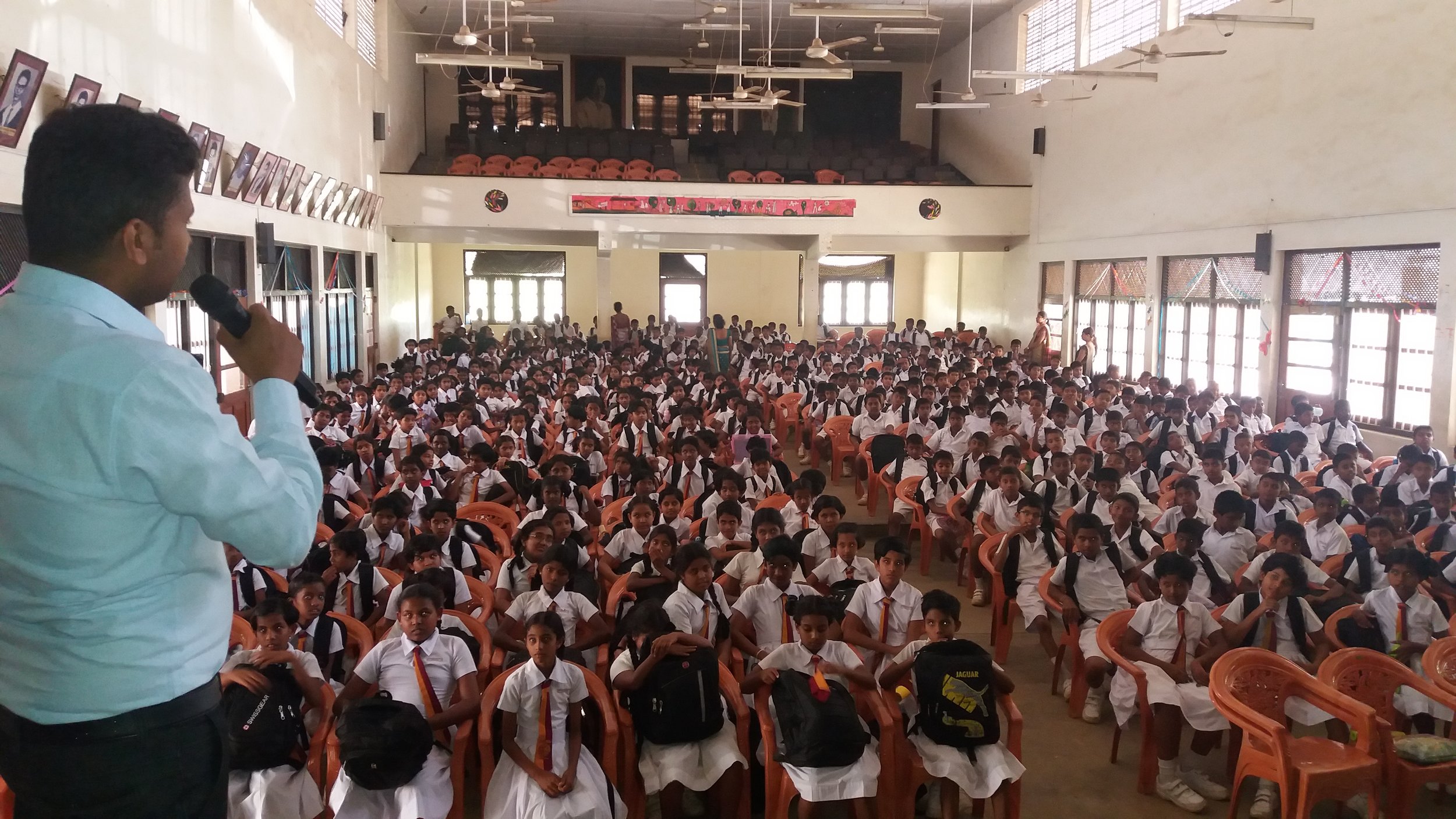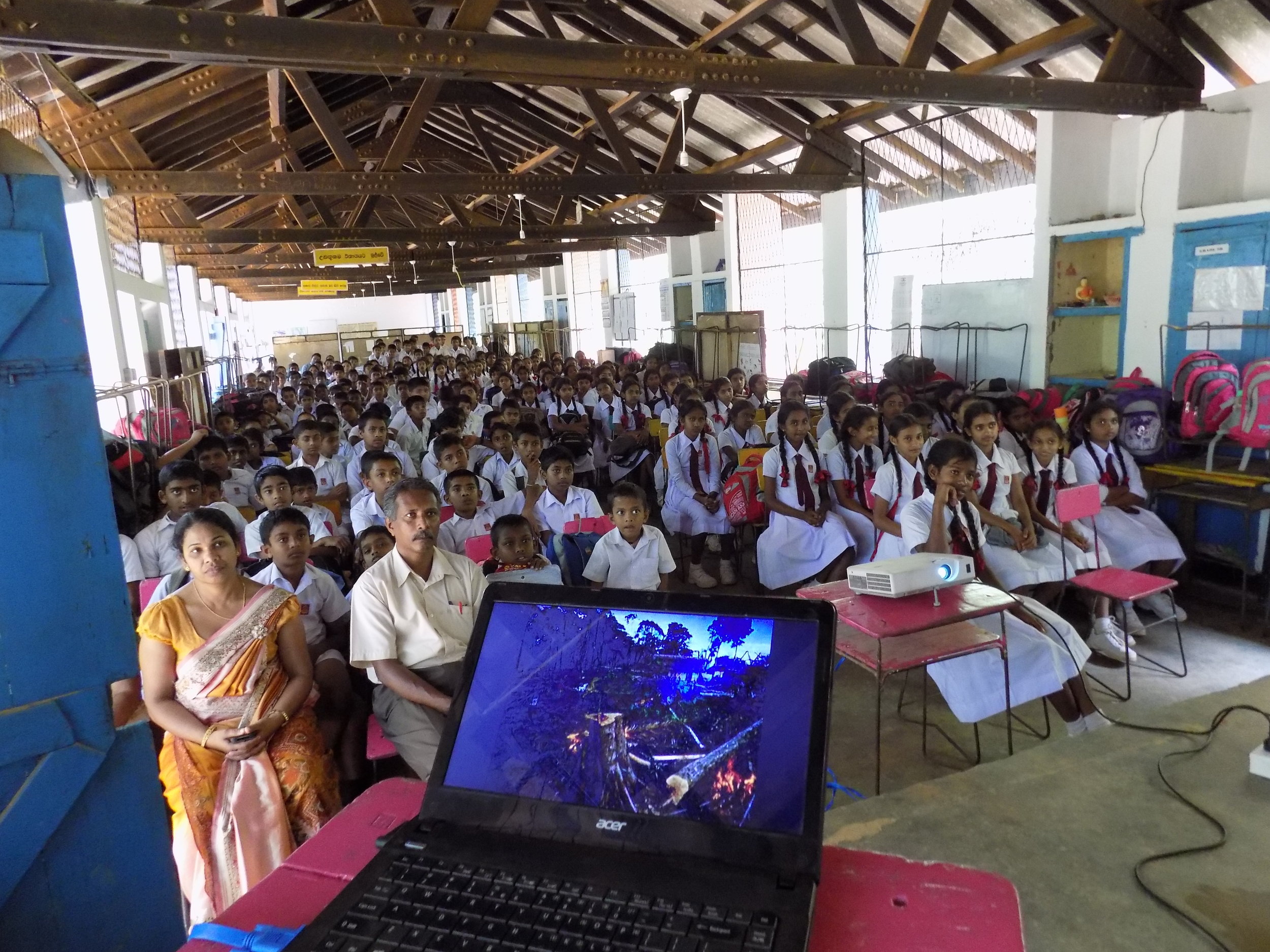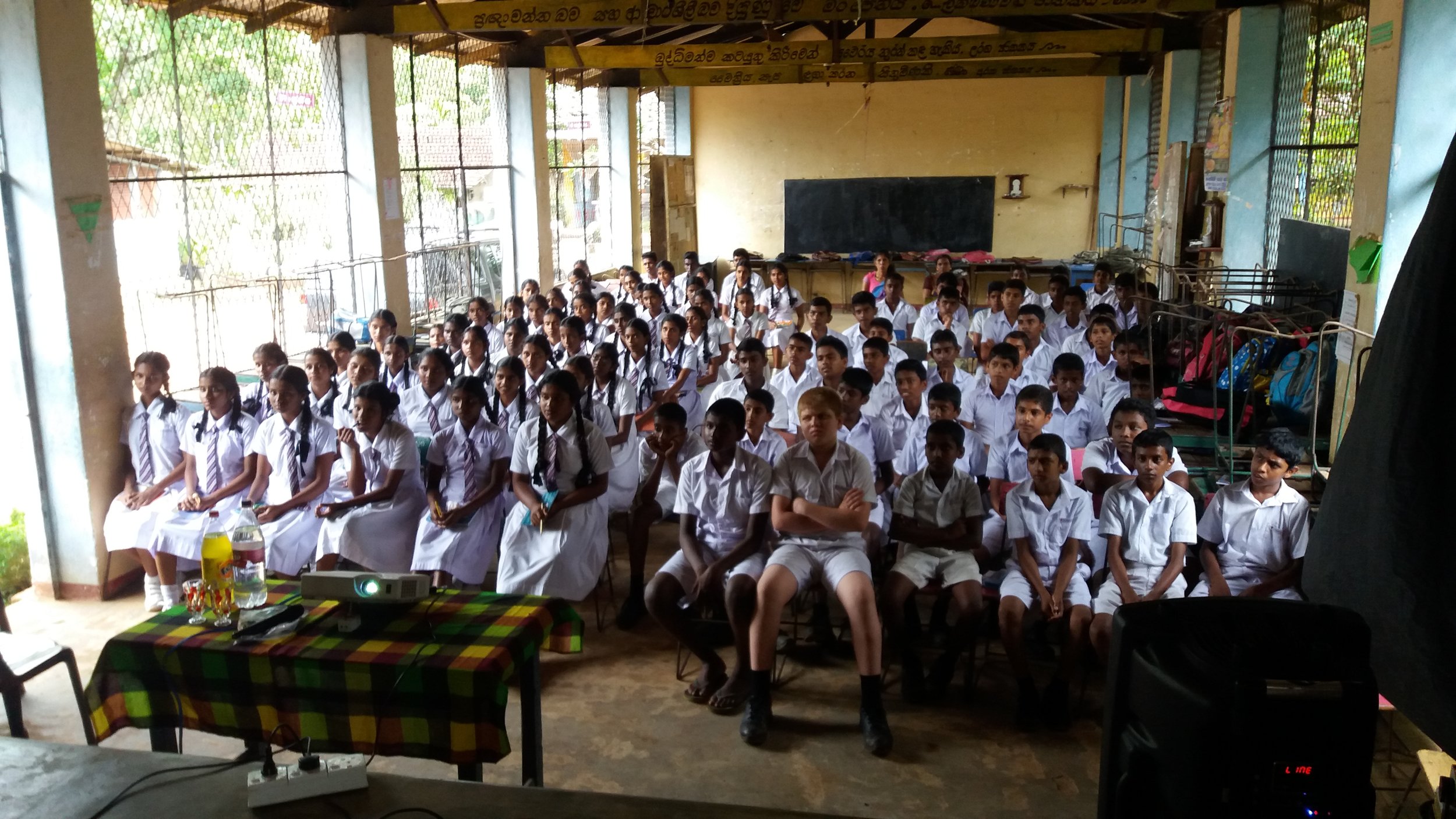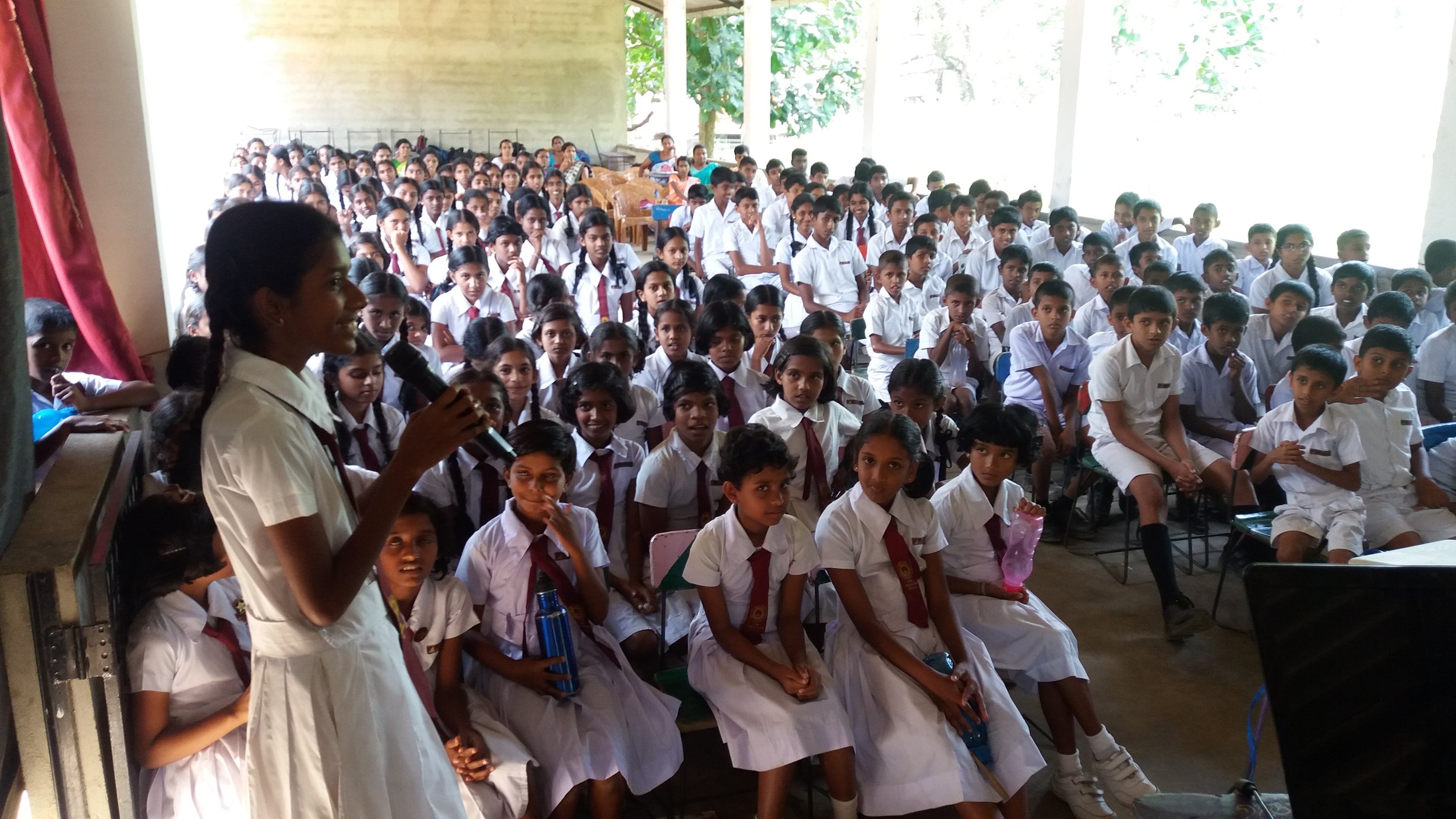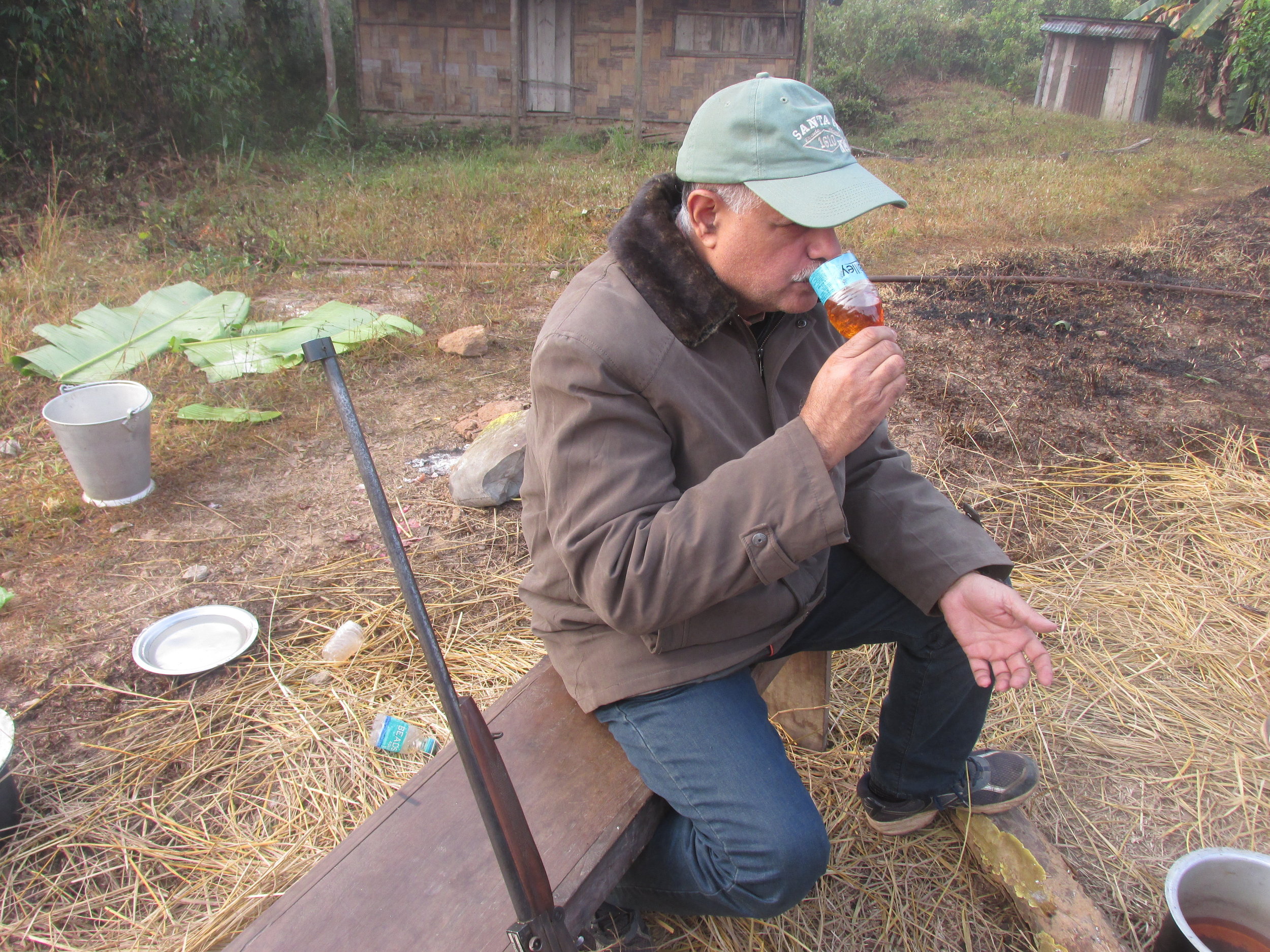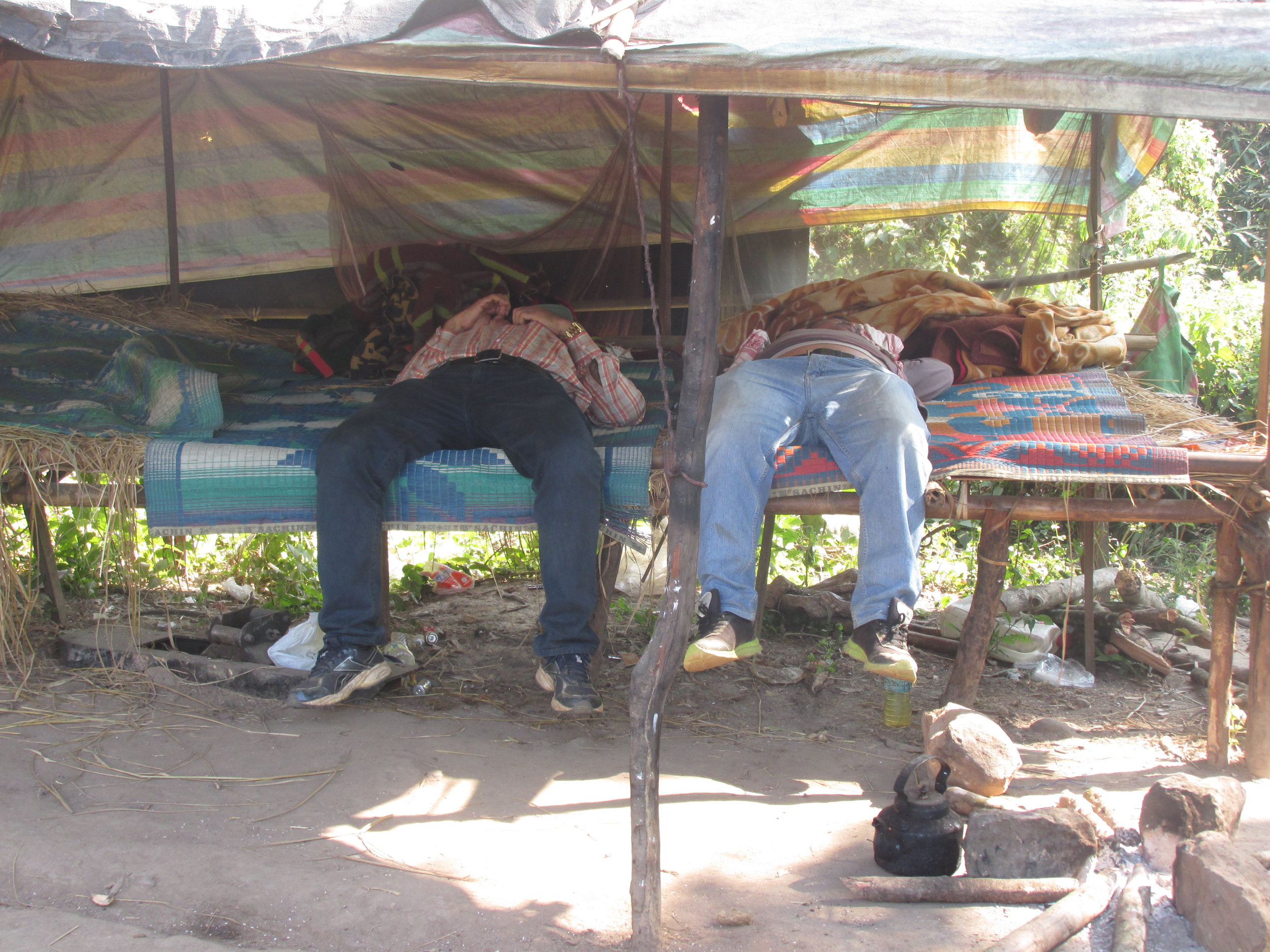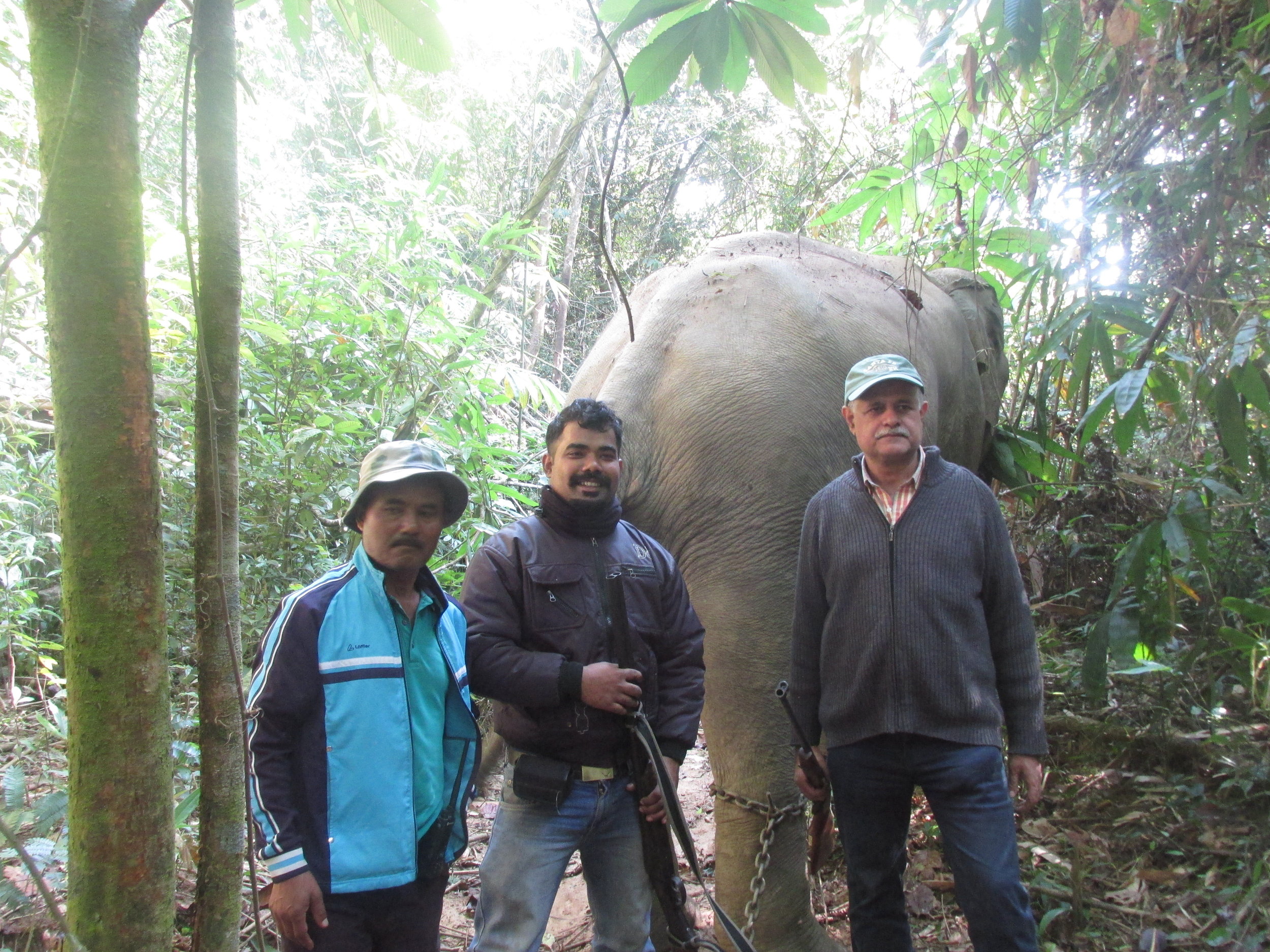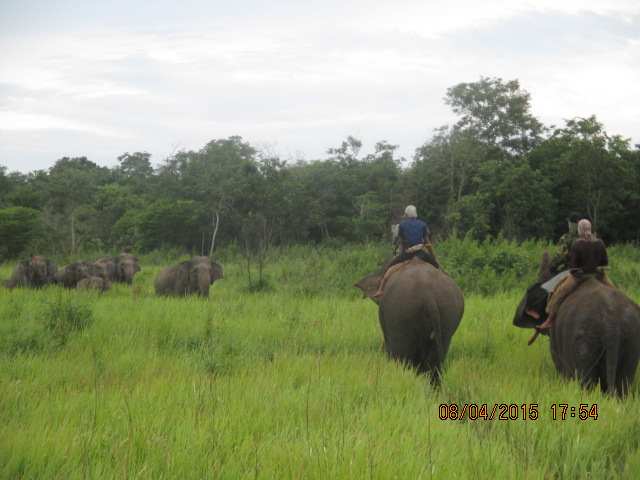Many of our readers know April Yoder. She worked hands-on with elephants at various facilities for over 22 years and joined AES as a Director in 2010.
I still consider us a very new nonprofit, with just over a decade under our belt. April was there in our infancy when we were still trying to figure out who we were and how we could best have an impact on the care and conservation of elephants in Asian range countries…. Especially those people whose lives are intertwined by sharing living space with elephants or the veterinarians and researchers dedicated to the future of Asian elephants.
From fundraising, to writing articles, editing newsletter material, doing outreach events, and everything else that seems to come in between, April has always been there to see that the job got done, and done very well.
Life definitely is a journey and, while April’s life path is veering off from being an officer/director part of the AES team, she will remain as one of our advisers and always committed to elephant conservation.
Vanessa and I met and knew April through the Elephant Managers Association conferences, the EMA being a great gathering organization for those truly concerned about all elephants. It has been a joy having April on our team for all these years. And I personally want to say thank you to April in our newsletter – a very special thank you for all the highs and lows our shared path followed: our common concern and caring for the Big Ones got us through a lot of growing pains to an always ever-better AES!
Thank you, April. We’ll miss you at our board meetings. I’ll miss emailing you constantly with questions, ideas… all those things that come from the early days of a nonprofit. We thank you for staying available to us on an adviser basis and wish you all the best going forward.
Linda, Vanessa, and Barbara

































